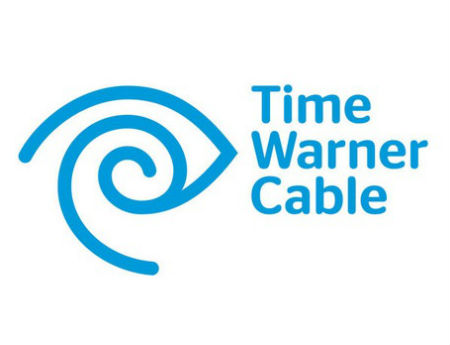TWC To Make Its WiFi Network Act Like Cellular

Looking to bring the kind of seamless handoff capabilities offered on cellular networks to the WiFi world, Time Warner Cable has added Hotspot 2.0 technology to “most” of its 33,000-plus hotspots deployed in parts of Southern California, New York City, Austin, Charlotte, Kansas City, Myrtle Beach and Hawaii.
The introduction of Hotspot 2.0 brings a level of seamless mobility to TWC’s WiFi network that will automatically keep customers connected as they roam from hotspot to hotspot. While that will help customers stay on WiFi networks and avoid having to fallback to cellular for regular data connection needs, the capability could come in handy if or when MSOs begin to pursue voice services that use a so-called “WiFi First” model.
TWC has also bolstered the security of that network by Passpoint-enabling it. TWC said it has launched a separate “TWCWiFi-Passport” SSID that adds in this extra layer of encryption, offering it alongside regular “TWCWiFi” SSIDs being broadcast by its hotspots. TWC said the Passpoint capability will bring “enterprise-grade WPA2” security, giving customers the same level of protection on its quasi-public WiFi network as customers get on their home WiFi links. TWC claimed that it now offers the largest Passpoint-enabled network in the country.
After authenticating on the TWCWiFi-Passpoint SSID the first time, customers will then seamlessly connect to the new preferred secure network whenever in broadcast range, the MSO said, noting that its Passpoint/Hotspot 2.0 network supports devices such as the iPhone 5, Samsung Galaxy 4, and HTC One, among others.
“Our goal with TWCWiFi-Passpoint is to assure even our most security conscious Internet customer that it’s as safe for them to surf the Web on-the-go as it is for them to surf in their home,” said Rob Cerbone, VP Wireless Products for Time Warner Cable, in a statement. “The TWCWiFi-Passpoint network supports Hotspot 2.0 technology, which is a critical first step in setting up a seamless WiFi experience nationwide.”
TWC, which uses WiFi gear from Ericsson, Cisco Systems and Ruckus Wireless, said it will Passport-enable all new hotspots as it continues its network buildout.
TWC is also part of the “CableWiFi” roaming alliance that has deployed more than 200,000 hotspots so far. It was not immediately known how broadly its other members – Cox Communications, Comcast, Bright House Networks and Cablevision Systems – have deployed Passpoint and Hotspot 2.0, though it’s on Comcast’s roadmap, according to Fierce Wireless.
The smarter way to stay on top of the multichannel video marketplace. Sign up below.
Update: Cox does not currently support Passpoint and Hotspot 2.0, spokesman Todd Smith said via email.
Comcast’s potential interest in a WiFi First approach, which would use cellular networks as a fallback when WiFi connectivity isn’t available, was revealed in its merge filing with the FCC.
"A ubiquitous Wi-Fi network built by Comcast could make a 'Wi-Fi-first' service, which combines commercial mobile radio service with Wi-Fi, a more viable alternative,” Comcast wrote.
The WiFi First concept is central to Scratch Wireless, which offers a WiFi/cellular combo that uses the Sprint network for the cellular side of that mix. Using open source technology, it is currently using a modified version of Android on the Motorola Proton Q (Scratch Wireless’s launch device) that uses WiFi as the primary network and uses cellular as a gap-filler.
On Wednesday (April 16) during a webcast presented by Multichannel News and sponsored by Scratch Wireless (access to the archive can be obtained here), Scratch Wireless co-founder and CEO Alan Berrey said his company has developed a version of its service tailored for cable operators.
“WiFi, like water, is plentiful and it’s cheap,” Berrey said. He said Scratch Wireless is in “active discussions” with cable operators, and anticipates that pilots could start as soon as this summer, and possibly follow by initial deployments in the fall.
More coverage of today's webinar will be presented soon.
